A Silver-Plated Tea Set
The inscription on the tea set states that in 1858, it was given as a gift to Mrs. Howard in order to promote evening social affairs and close the gap in terms of interpersonal communication that was based on slavery and segregation. Despite being rather inexpensive, the tea set (see Figure 1) showed to be rather important for many local people since it gave them the opportunity to enjoy each other’s company without worrying about legislation and racism. One of the main reasons to include the tea set in the list of the most important objects in the history of African Americans is that several abolitionists, such as Wendell Phillips and Frederick Douglass, were served with it. The history of organizing for justice took over homes, businesses, and churches because equal rights campaigns could not be conducted by African Americans across public spaces. Therefore, the tea set became a means of establishing a connection between cultures and reducing the fear of violent retribution.
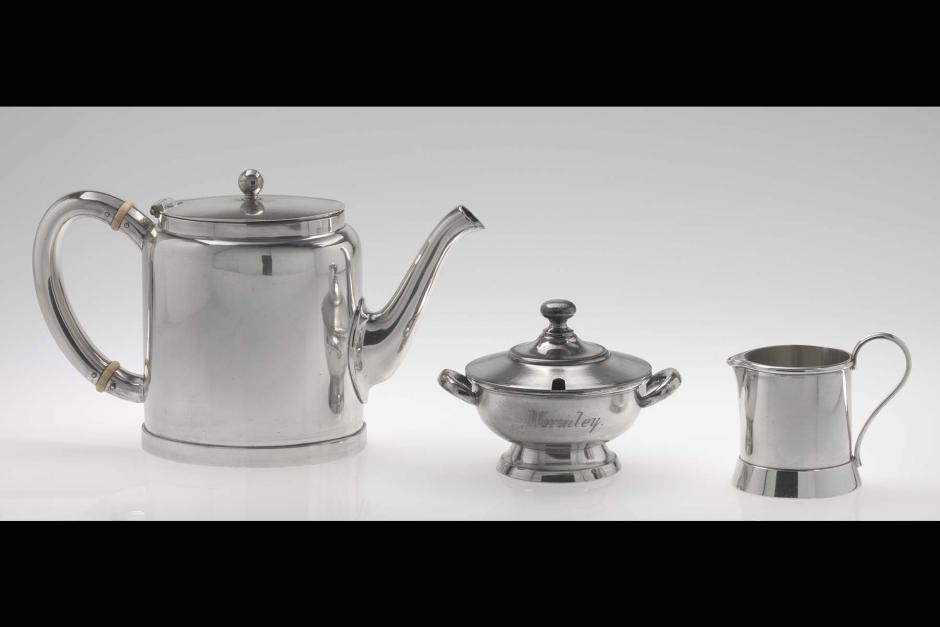
Cotton
One crucial idea that has to be covered when talking about the role of cotton in the lives of African Americans is the fact that the slave population was forced to work on plantations across the country and collect cotton daily. The currency that circulated in the country during the times of the severest times of racism could not come close to the value of the slave population. Accordingly, cotton crops may be seen as a representation of the African American struggle that allowed them to overcome prejudice through the interface of patience, hard work, and diligence (see Figure 2). Even though the planters were the ones who received the immediate benefits of cotton collection, African Americans broke the vicious cycle. At the time when slavery became obsolete, many African American individuals realized the inherent value of cotton for the culture. The presence of a high-performing cotton export strategy shows, in turn, how the community contributed to the American economy while remaining deprived of many freedoms and rights.
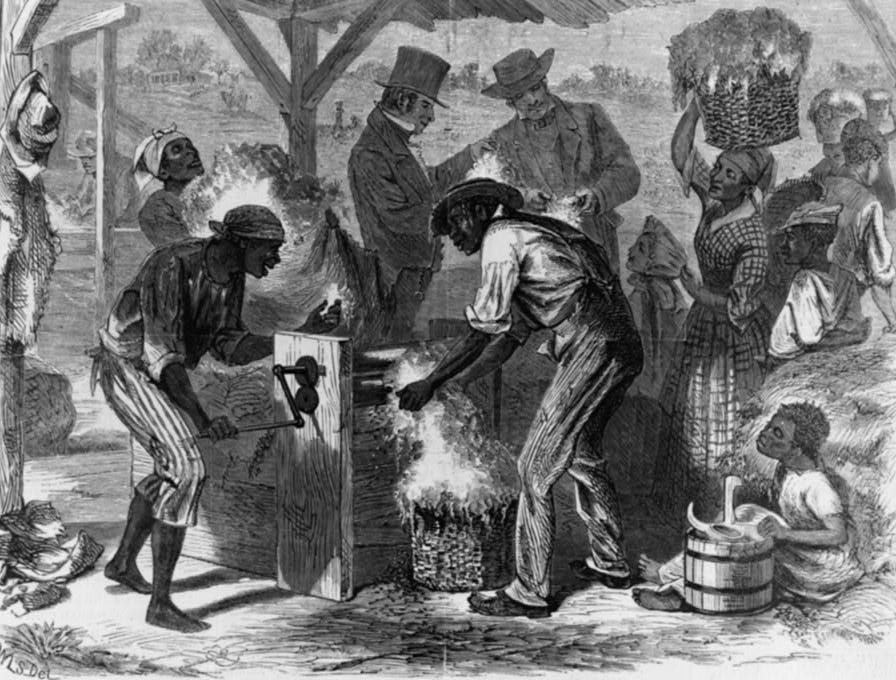
Rosa Parks’ Dress
Today, Rosa Parks is known as one of the most prominent advocates for the rights of African American population. She was one of the few representatives of the community who were willing to transform American society. When Parks was arrested for not giving up her seat to a white man, she was wearing the dress that later became a light symbol of advocacy actions and the fight for rights for African Americans (see Figure 3). Therefore, the civil rights movement could be easily synonymized with this rayon dress since it inspired many individuals to join and recognize the cause. Despite her moving to Detroit because of numerous death threats and the loss of her job, Parks still represented the African American community while also seeing the dress as a symbol for younger populations to nurture. Black youth started receiving more opportunities and training over time, with all of them remembering Parks’ dress as an object that actually motivated them to move forward and persevere the hardships of bias and unfairness.
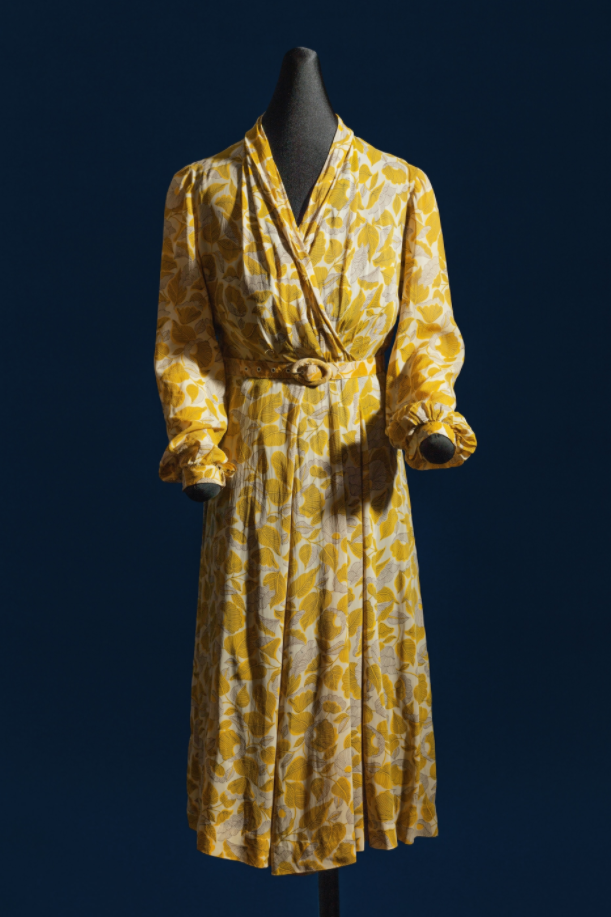
Public Enemy’s Boom Box
The story of this important object started when one of the leaders of the hip-hop group titled Public Enemy, Chuck D, purchased it in New York City. This cassette player became a true symbol of 1980’s hip-hop and paved the way for one of the best hip-hop albums of all time, It Takes a Nation of Millions to Hold Us Back. The boom box became such a symbol that the group chose to tour with it during their golden age and also returned it for the 2010 tour (see Figure 4). Not only the boom box represents the fact that Public Enemy rewrote the invisible rules of hip-hop, but it also makes it clear that the market force and different musical forms can be interlaced. As a part of African American history, the boom box serves as a hint at the fact that rap and hip-hop transformed into serious art forms under the influence of the black community. The socially conscious nature of Public Enemy’s performances was supported by the iconic view of the boom box and all the ground-breaking sound utilized by the group.
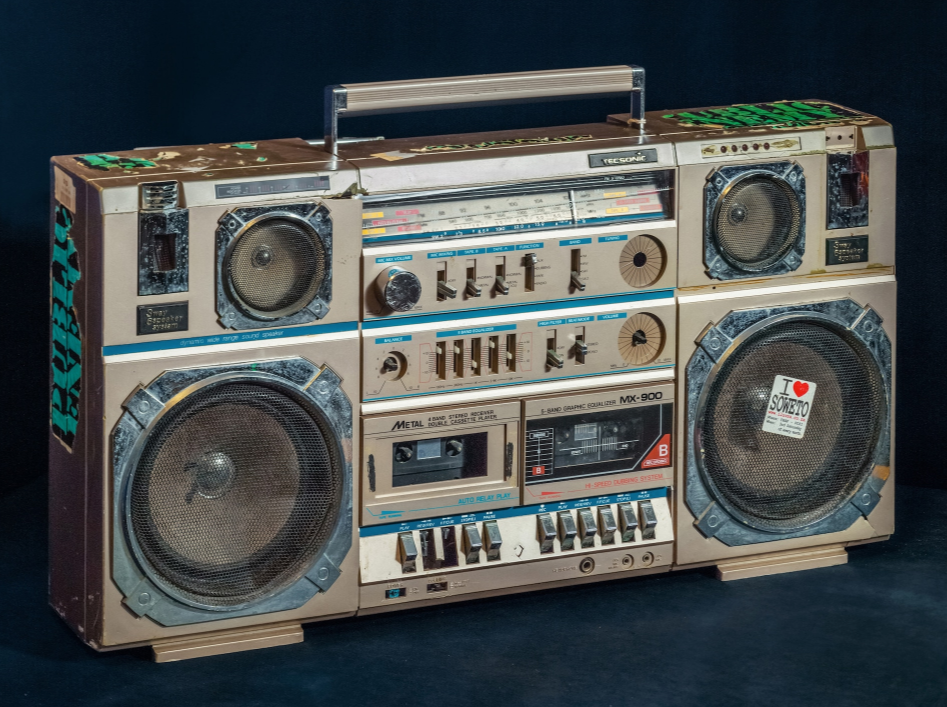
Iron Shackles
The ultimate way to address African American history through objects shown in museums is to mention the iron shackles that were used to transport slaves from Africa to America across the Atlantic Ocean. The imprisoned and restrained individuals were forced to leave their homeland in the ship’s hold, and the sight of iron shackles is a blunt reminder of how a black life was equal to cargo. These fetters have black history written all over them because future African Americans could not do anything to confront their fate and change the way they were treated (see Figure 5). Therefore, there is a link between the past and the present that can be viewed through the prism of shackles. When displayed in museums, there are no textual accounts or collection boxes to accompany shackles in order to strengthen the negative view of the abolitionist cause. This is a material source of orientation that does not require any additional comments since the lack of freedom speaks for itself.
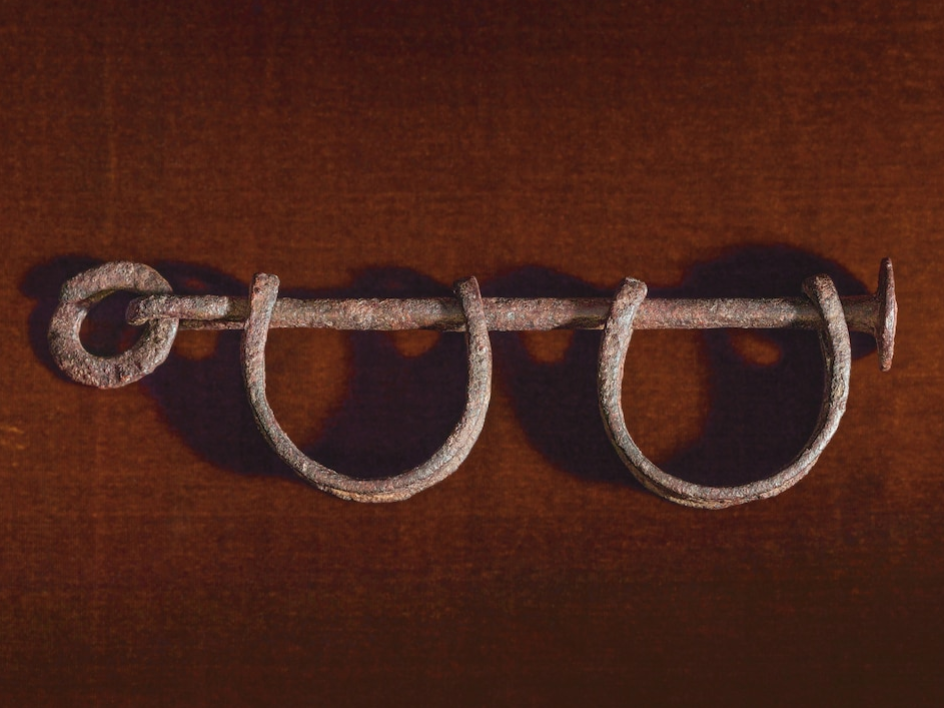
References
Gates Jr., Henry. 2021. “The Role Cotton Played in the 1800S Economy”. The African Americans: Many Rivers to Cross. Web.
“Mirroring History.” 2021. National Museum of African American History and Culture. Web.
Norris, Michele. 2016. “Black America’s Story, Told Like Never Before.” National Geographic. Web.